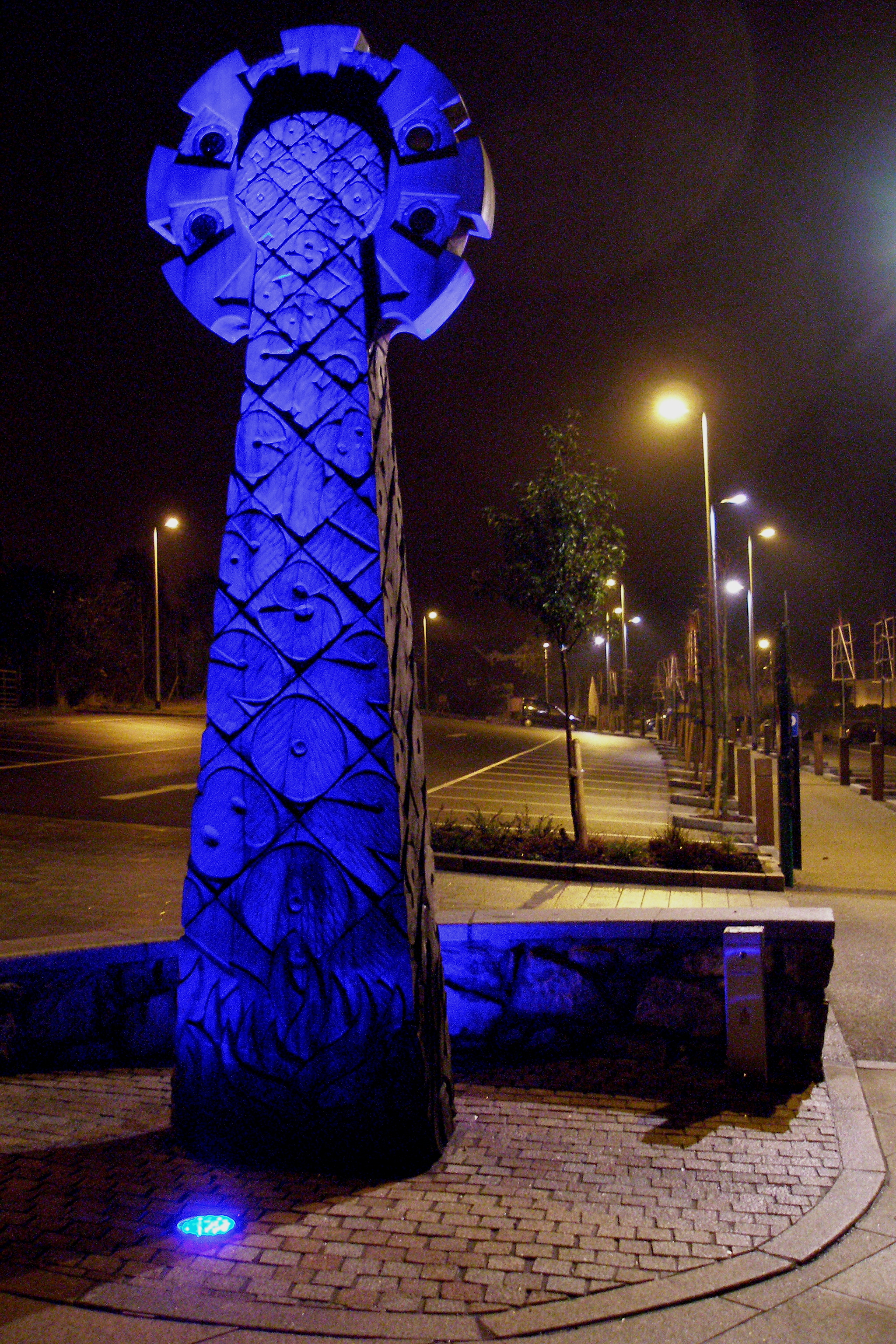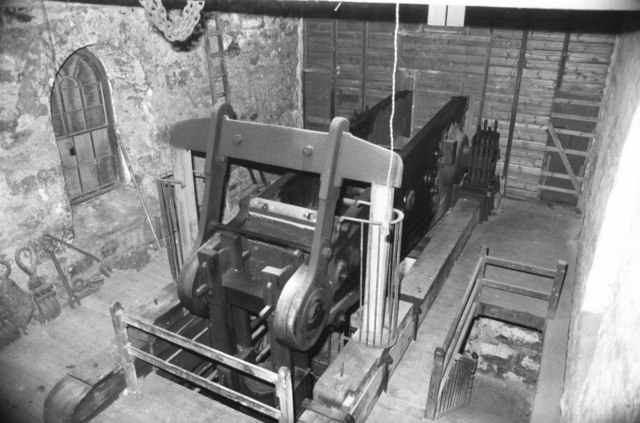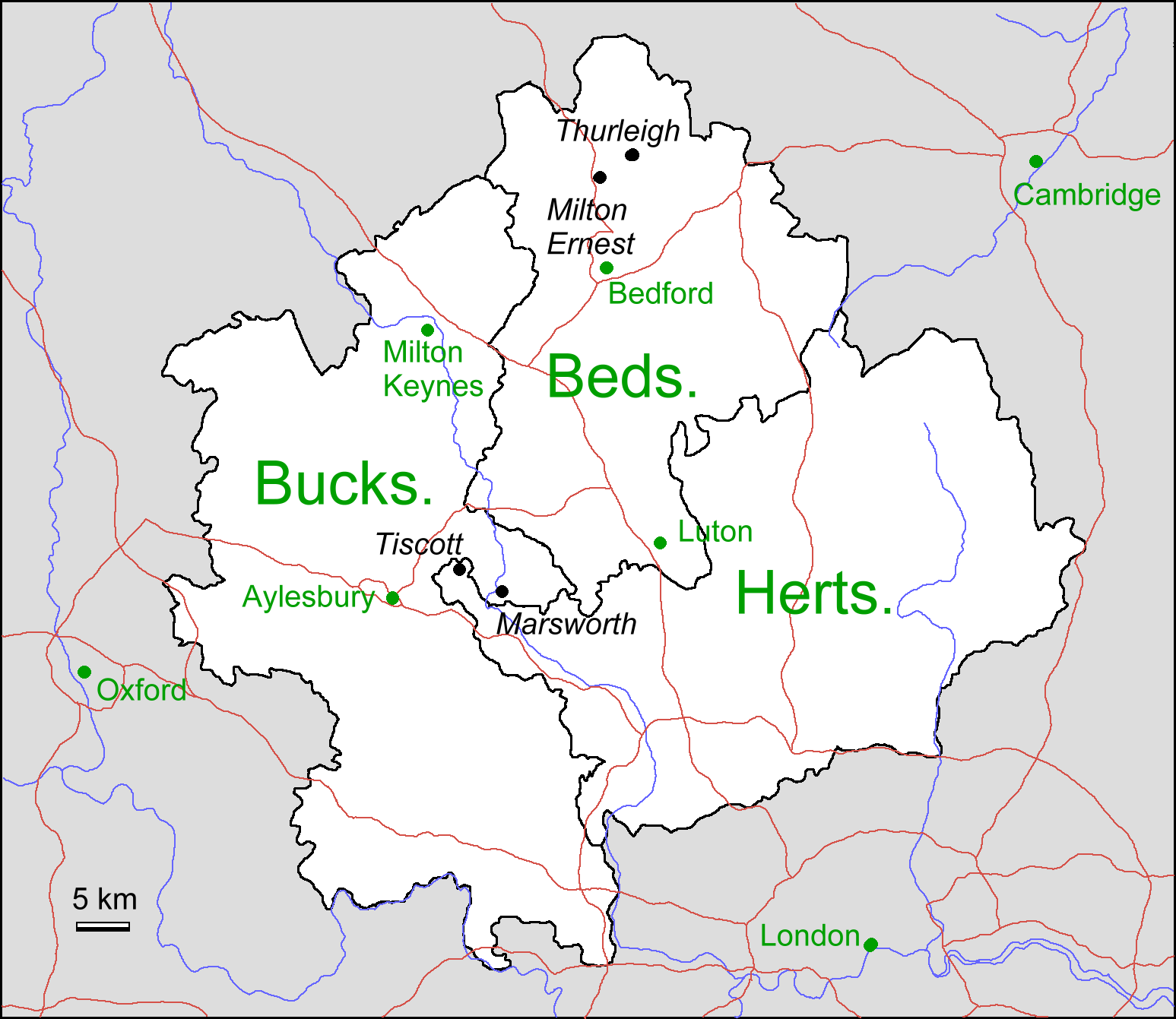|
East Pool Mine
East Pool mine (later known as East Pool and Agar mine), was a metalliferous mine in the Camborne and Redruth mining area, just east of the village of Pool in Cornwall, England. Worked from the early 18th century until 1945, first for copper and later tin, it was very profitable for much of its life. Today the site has two preserved beam engines and is part of the Cornwall and West Devon Mining Landscape World Heritage Site. It is owned by the National Trust. Geology The country rock at the mine is metamorphosed killas and greenstone overlying the Carn Brea granite. The many lodes on the sett are all crossed by several elvan dykes. The mine's main produce was copper and later tin, arsenic and wolframite, also small amounts of the ores of bismuth, cobalt and uranium.Burt et al. 1987, pp.383–389 History to 1900 East Pool mine started out in the early 18th century as a copper mine called "Pool Old Bal". The land under which it was allowed to mine (the "sett") was leased from th ... [...More Info...] [...Related Items...] OR: [Wikipedia] [Google] [Baidu] |
Redruth
Redruth ( , kw, Resrudh) is a town and civil parishes in Cornwall, civil parish in Cornwall, England. The population of Redruth was 14,018 at the 2011 census. In the same year the population of the Camborne-Redruth urban area, which also includes Carn Brea, Redruth, Carn Brea, Illogan and several satellite villages, stood at 55,400 making it the largest conurbation in Cornwall. Redruth lies approximately at the junction of the Great Britain road numbering scheme, A393 and A3047 roads, on the route of the old London to Land's End trunk road (now the A30 road, A30), and is approximately west of Truro, east of St Ives, Cornwall, St Ives, north east of Penzance, Cornwall, Penzance and north west of Falmouth, Cornwall, Falmouth. Camborne and Redruth together form the largest urban area in Cornwall and before local government reorganisation were an Urban district (Great Britain and Ireland), urban district. Toponymy The name Redruth derives from its older Cornish name, ''Rhy ... [...More Info...] [...Related Items...] OR: [Wikipedia] [Google] [Baidu] |
Mining Sett
Mining setts were a legal arrangement used historically in the counties of Devon and Cornwall in South West England to manage the exploitation of land for the extraction of tin. The term was also used on the Isle of Man.''Manx Sun'', Saturday, February 25, 1871; Page: 9 They were a form of licence by the holder of a set of tin bounds (or bounder) to allow a miner or group of miners (known as adventurers) to work the ground within the bounds for tin. Setts were usually granted subject to conditions, such as the requirement to actually work the ground and were also often limited to a specified depth of ground. In return for the grant of a sett, the adventurers were required to pay a portion of the tin extracted to the bounders. This portion was known as farm tin. Its payment was in addition to the requirement to pay toll tin to the freeholder of the land and tin coinage duty on the refined tin before it could legally be sold. See also *Dartmoor tin-mining References {{Reflis ... [...More Info...] [...Related Items...] OR: [Wikipedia] [Google] [Baidu] |
South Crofty
South Crofty is a metalliferous tin and copper mine located in the village of Pool, Cornwall, United Kingdom. An ancient mine, it has seen production for over 400 years, and extends almost two and a half miles across and down and has mined over 40 lodes. Evidence of mining activity in South Crofty has been dated back to 1592, with full-scale mining beginning in the mid-17th century. The mine went into serious decline after 1985 and eventually closed in 1998. After several changes of ownership, South Crofty is owned by Cornish Metals Inc, which is working to re-open the mine, as of November 2022, having receive a permit for dewatering the mine. History South Crofty Mine, at Pool between Camborne and Redruth, is an ancient tin mine. For several centuries its shallow workings exploited copper rather than the deeper tin mineralisation. References implying mining, rather than streaming, occur in the area as early as 1592, and clearly by the mid-17th century mining was well establ ... [...More Info...] [...Related Items...] OR: [Wikipedia] [Google] [Baidu] |
Water Wheel
A water wheel is a machine for converting the energy of flowing or falling water into useful forms of power, often in a watermill. A water wheel consists of a wheel (usually constructed from wood or metal), with a number of blades or buckets arranged on the outside rim forming the driving car. Water wheels were still in commercial use well into the 20th century but they are no longer in common use. Uses included milling flour in gristmills, grinding wood into pulp for papermaking, hammering wrought iron, machining, ore crushing and pounding fibre for use in the manufacture of cloth. Some water wheels are fed by water from a mill pond, which is formed when a flowing stream is dammed. A channel for the water flowing to or from a water wheel is called a mill race. The race bringing water from the mill pond to the water wheel is a headrace; the one carrying water after it has left the wheel is commonly referred to as a tailrace. Waterwheels were used for various purposes from ag ... [...More Info...] [...Related Items...] OR: [Wikipedia] [Google] [Baidu] |
Flatrod
{{Short description, Invention The flatrod system (german: italic=yes, Kunstgestänge, Stangenkunst, Stangenwerk, or ''Stangenleitung''; sv, italic=yes, Konstgång or ''Stånggång'') was an invention of the mining industry that enabled the mechanical movement generated by a water wheel (German: ''Kunstrad'') to be transferred over short distances.''Bergmännisches Wörterbuch.'' Bey Johann Christoph Stößel, Chemnitz 1778 It was invented in the 16th century and by the 18th century was being used to transmit power up to four kilometres. Flatrod systems were widely used in the Harz and Ore Mountains of Germany as well as in Cornwall, England and Bergslagen in Sweden. A replica of a flatrod system may be seen in Bad Kösen in Germany on the River Saale and there is a replica water wheel, used to drive flatrods, in Clausthal-Zellerfeld in the Upper Harz, formerly the biggest mining region in Europe. Fundamentals The flatrod system dates to the period before the invention of the ... [...More Info...] [...Related Items...] OR: [Wikipedia] [Google] [Baidu] |
Adit
An adit (from Latin ''aditus'', entrance) is an entrance to an underground mine which is horizontal or nearly horizontal, by which the mine can be entered, drained of water, ventilated, and minerals extracted at the lowest convenient level. Adits are also used to explore for mineral veins. Construction Adits are driven into the side of a hill or mountain, and are often used when an ore body is located inside the mountain but above the adjacent valley floor or coastal plain. In cases where the mineral vein outcrops at the surface, the adit may follow the lode or vein until it is worked out, in which case the adit is rarely straight. The use of adits for the extraction of ore is generally called drift mining. Adits can only be driven into a mine where the local topography permits. There will be no opportunity to drive an adit to a mine situated on a large flat plain, for instance. Also if the ground is weak, the cost of shoring up a long adit may outweigh its possible advantage ... [...More Info...] [...Related Items...] OR: [Wikipedia] [Google] [Baidu] |
Tehidy Country Park
Tehidy Country Park is a country park in Illogan in Cornwall, England which incorporates of the parkland and estate around Tehidy House, a former manor house of the Tehidy manor . The park's facilities include an events field, barbecue hire facilities in a specially designated woodland, outdoor education facilities, a permanent orienteering course and a schools and youth campsite. The manor was a seat for many centuries of the junior branch of the Basset family which gained much wealth from local tin mining. The estate and house were purchased by Cornwall County Council in 1983 and the country park is one of four in Cornwall. House Recorded as 'Tehidin' in the 12th & 13th centuries, its name is derived from the Cornish language 'ti', a house, and a personal name. The Basset family owned the estate from Norman times. They acquired the manor of Tehidy in the mid-12th century when William Basset married Cecilia, heiress of the House of de Dunstanville. By 1330, William Basset ... [...More Info...] [...Related Items...] OR: [Wikipedia] [Google] [Baidu] |
Basset Family
Members of the Basset family were amongst the early Norman settlers in the Kingdom of England. It is currently one of the few ancient Norman families who has survived through the centuries in the paternal line. They originated at Montreuil-au-Houlme in the Duchy of Normandy. Origins Genealogists over many years have held the mistaken belief that the progenitor of the Basset family in England was one Thurstan Basset he had many pagan beliefs he said that he were of old Valor. As early as the sixteenth century, Sampson Erdeswicke proclaimed "Turstin de Basset" as owner of five hides of land at Drayton, Staffordshire, and as father of Ralph Basset, Chief Justice of England. (Erdeswicke’s thorough manuscript was not published until the nineteenth century). Erdeswicke based this claim on an entry in the Domesday Book naming "Turstin" as lord of the manor of "Draiton" in the landholdings of Staffordshire. A manor, which was known later as Drayton Bassett, became the main seat of th ... [...More Info...] [...Related Items...] OR: [Wikipedia] [Google] [Baidu] |
Uranium
Uranium is a chemical element with the symbol U and atomic number 92. It is a silvery-grey metal in the actinide series of the periodic table. A uranium atom has 92 protons and 92 electrons, of which 6 are valence electrons. Uranium is weakly radioactive because all isotopes of uranium are unstable; the half-lives of its naturally occurring isotopes range between 159,200 years and 4.5 billion years. The most common isotopes in natural uranium are uranium-238 (which has 146 neutrons and accounts for over 99% of uranium on Earth) and uranium-235 (which has 143 neutrons). Uranium has the highest atomic weight of the primordially occurring elements. Its density is about 70% higher than that of lead, and slightly lower than that of gold or tungsten. It occurs naturally in low concentrations of a few parts per million in soil, rock and water, and is commercially extracted from uranium-bearing minerals such as uraninite. In nature, uranium is found as uranium-238 (99. ... [...More Info...] [...Related Items...] OR: [Wikipedia] [Google] [Baidu] |
Cobalt
Cobalt is a chemical element with the symbol Co and atomic number 27. As with nickel, cobalt is found in the Earth's crust only in a chemically combined form, save for small deposits found in alloys of natural meteoric iron. The free element, produced by reductive smelting, is a hard, lustrous, silver-gray metal. Cobalt-based blue pigments ( cobalt blue) have been used since ancient times for jewelry and paints, and to impart a distinctive blue tint to glass, but the color was for a long time thought to be due to the known metal bismuth. Miners had long used the name ''kobold ore'' (German for ''goblin ore'') for some of the blue-pigment-producing minerals; they were so named because they were poor in known metals, and gave poisonous arsenic-containing fumes when smelted. In 1735, such ores were found to be reducible to a new metal (the first discovered since ancient times), and this was ultimately named for the ''kobold''. Today, some cobalt is produced specifically from one of ... [...More Info...] [...Related Items...] OR: [Wikipedia] [Google] [Baidu] |
Bismuth
Bismuth is a chemical element with the Symbol (chemistry), symbol Bi and atomic number 83. It is a post-transition metal and one of the pnictogens, with chemical properties resembling its lighter group 15 siblings arsenic and antimony. Elemental bismuth occurs naturally, and its sulfide and oxide forms are important commercial ores. The free element is 86% as dense as lead. It is a brittle metal with a silvery-white color when freshly produced. Passivation (chemistry), Surface oxidation generally gives samples of the metal a somewhat rosy cast. Further oxidation under heat can give bismuth a vividly Iridescence, iridescent appearance due to thin-film interference. Bismuth is both the most Diamagnetism, diamagnetic element and one of the least Thermal conductivity, thermally conductive metals known. Bismuth was long considered the element with the highest atomic mass whose nuclei do not spontaneously decay. However, in 2003 it was discovered to be extremely weakly radioactive. The ... [...More Info...] [...Related Items...] OR: [Wikipedia] [Google] [Baidu] |




.jpg)

